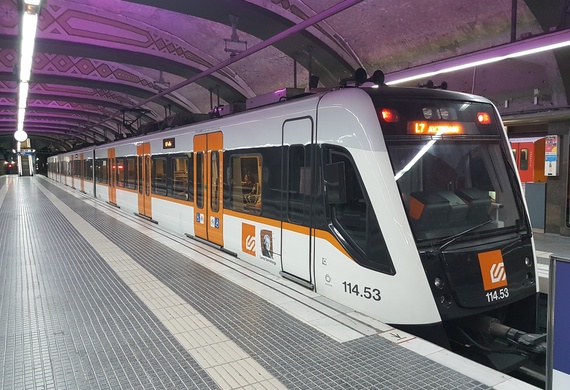Barcelona-Vallés line simulation
Improving operations with combinations of ATO, interlocking and timetable changes
The Barcelona–Vallès line consists of several branches connecting the Vallès area on the hills outside Barcelona with the terminal station of Plaça de Catalunya. Rapid transit service is operated on two urban branch lines within the city of Barcelona, while commuter rail service runs between Barcelona and Vallès.
This study was aimed at estimating how three incremental improvement could change service performance reliability. The improvements evaluated were: i) changes to interlocking (signals and track circuits), ii) the introduction of Automatic Train Operations (ATO), and iii) the new BV07 timetable. Starting from the status quo of the system, we developed almost twenty scenarios in close collaboration with the FGC team. These scenarios were incrementally defined to account for all reasonable alternatives. The results of the stochastic microscopic simulations for each of developed scenarios were used to better understand the impact of each change made to the system and their interactions, in particular the relationship between signalling/interlocking and ATO. As one of the first heavy railway lines worldwide, since the end of 2022 it has been operating with ATO and results of this study were used to maximise the service performance.
Our tasks:
- Operations analysis
- Infrastructure planning
- Microscopic simulation model development
- Microscopic simulation model calibration
- Microscopic stochastic simulation
- 2019/05 - 2021/01
- Spain
- Ferrocarrils de la Generalitat de Catalunya
- Timetable Planning, Data Analysis
- TRENOplus, TRENOanalysis, OpenTrack

